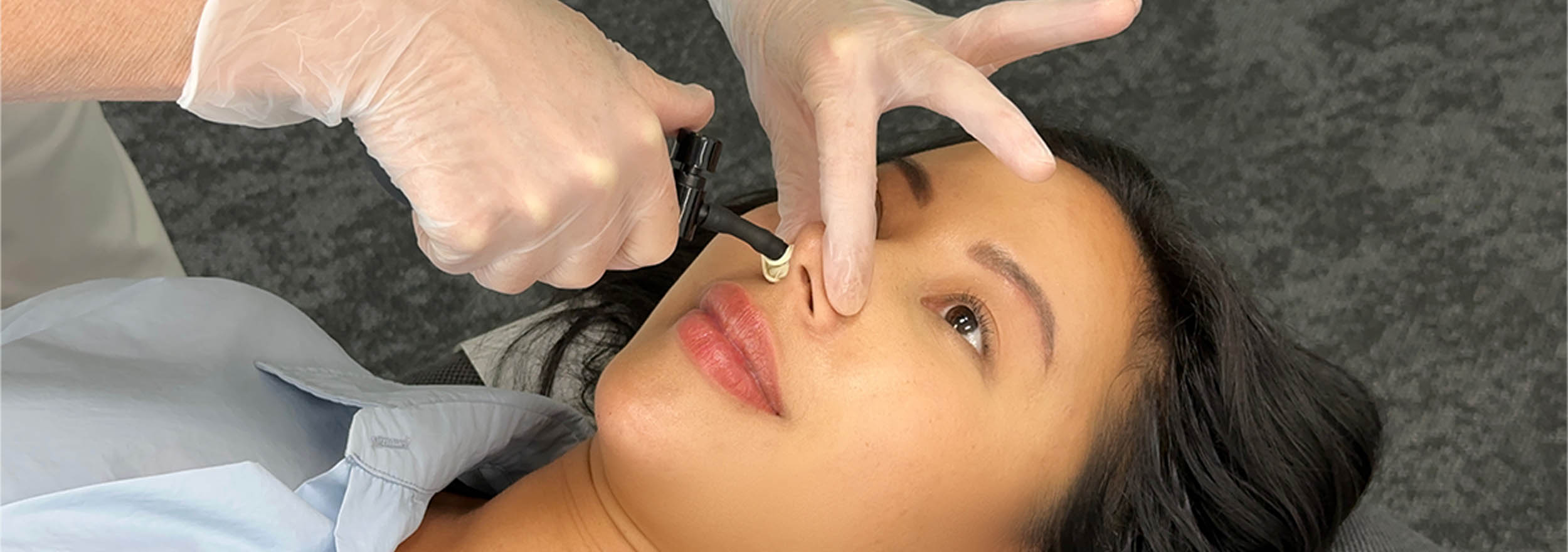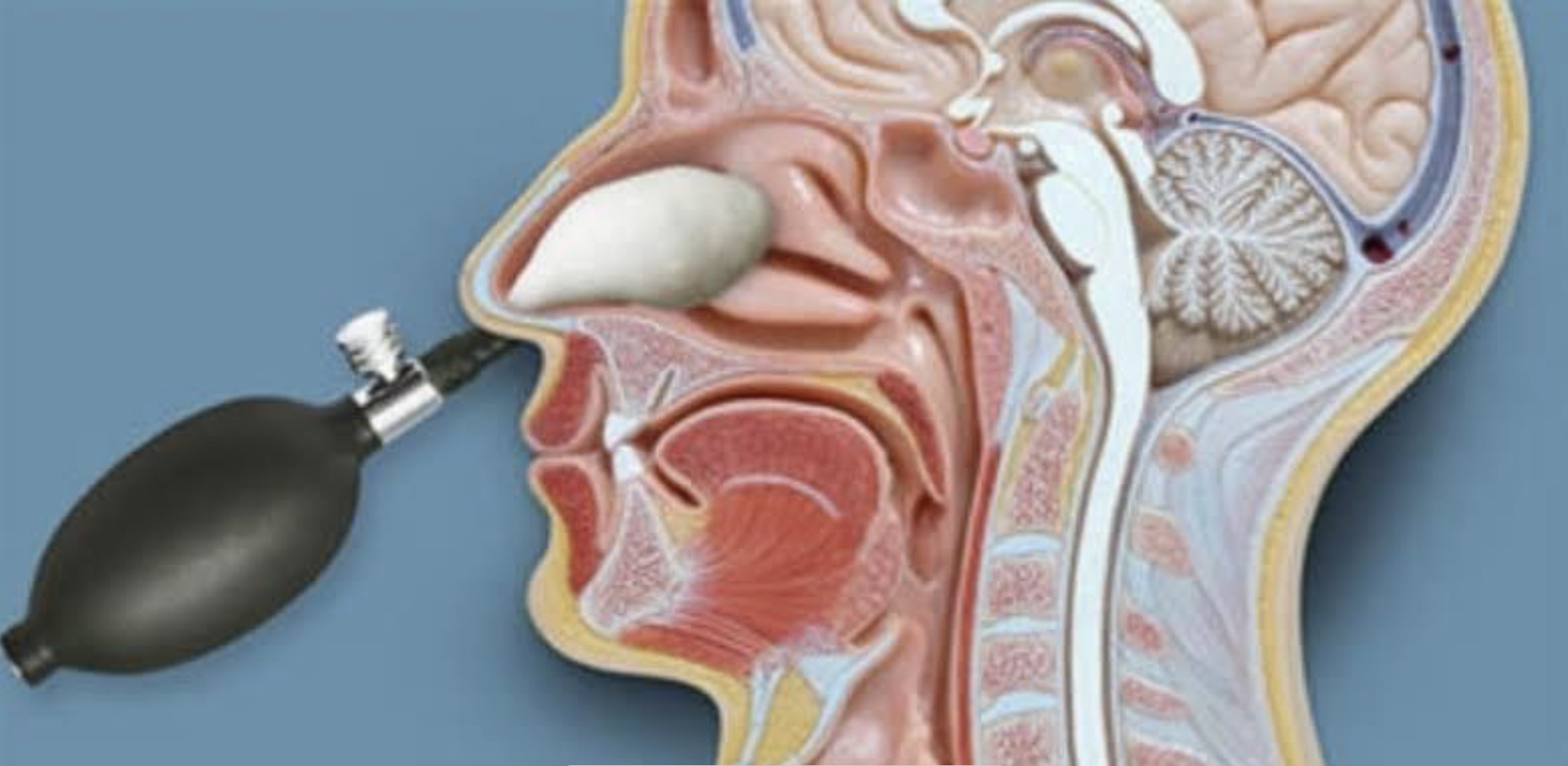Nasal Release Technique
Helping you breathe freely and recover from concussions

What is the Nasal Release Technique (NRT)?
Nasal Release Technique (NRT) is a series of treatments that may help with chronic headaches, migraines, jaw issues, facial pain, persistent symptoms of post concussion syndrome and traumatic brain injuries.
How your skull moves affects how well it pumps nutrients around your brain and spinal cord, how well it is able to clear out waste products while you sleep, and how well you are able to breathe through your nose.
Different accidents and injuries, particularly whiplash injuries and direct hits to the head can cause joints of your skull to stop moving properly.

The deepest bone of the skull, the sphenoid, attaches to all but 4 of the 22 bones of the skull. 5 of the 6 muscles that move our eyes and the muscles that closes our eyes attach to it. One of the major signs of concussion is the inability of the eyes to focus and move together smoothly. This impacts our ability to concentrate and focus.
Returning the sphenoid bone’s ability to move fully can really affect our ability to move our eyes freely, and to fully recover from accidents and injuries. Better movement of the skull bones also allows for better airflow through the nose and improves sinus and lymphatic drainage of the whole head.
Nasal Release Technique ( NRT ) uses specific positioning of the eyes head and jaw while a small balloon is blown up inside the nose at 4 different places on each side. It allows us to to free up tight joints between bones of the skull that are otherwise unreachable. This is then combined with sutural release techniques and lymphatic drainage massage. Eye exercises to strengthen the muscles attaching into the sphenoid bone are then performed to maximise the benefits of the releases. The results are cumulative.
The use of the NRT has lead Alison to learn more about concussion, completing a MOOC from the University of Calgary and Université Laval in May of 2024 on its avoidance, recognition and management. The best concussion is the one that doesn’t happen. The next best one is the one that is recognised, acted on and managed correctly. The 6th International Conference of Concussion in Sport occurred in Amsterdam in 2022. It developed tools that were released in May of 2023 to standardise the recognition and assessment of concussion based on the latest research. These are updated every 4 years based on the research that has occurred in that time.
Alison has created a presentation to educate parents, sporting groups, schools and the general public on how to minimise the risk of concussion, recognise if one has occurred and best manage its symptoms to maximise the speed of recovery for a smooth return to school, work and play.
